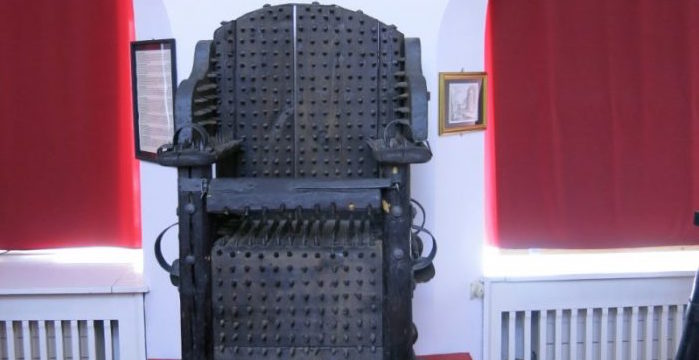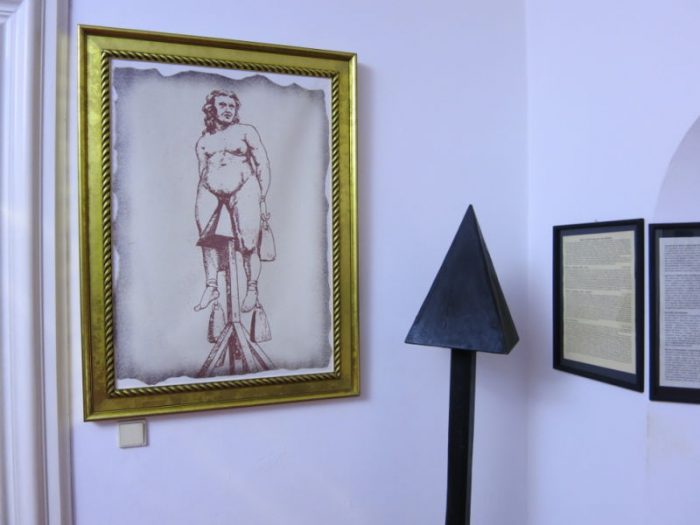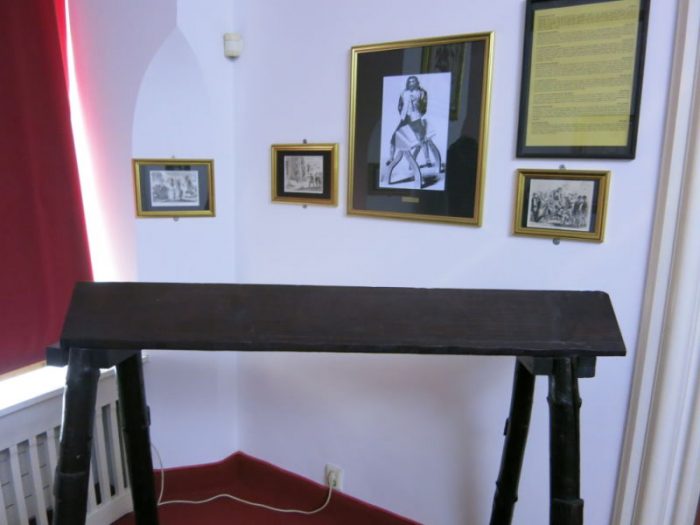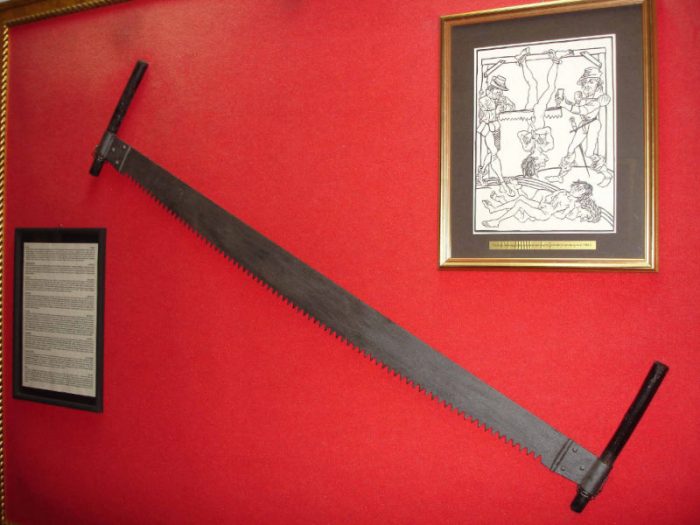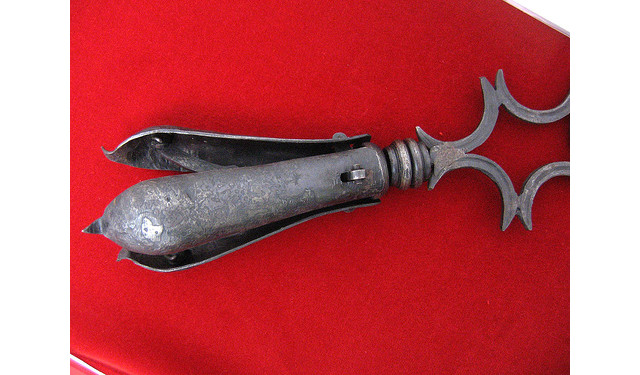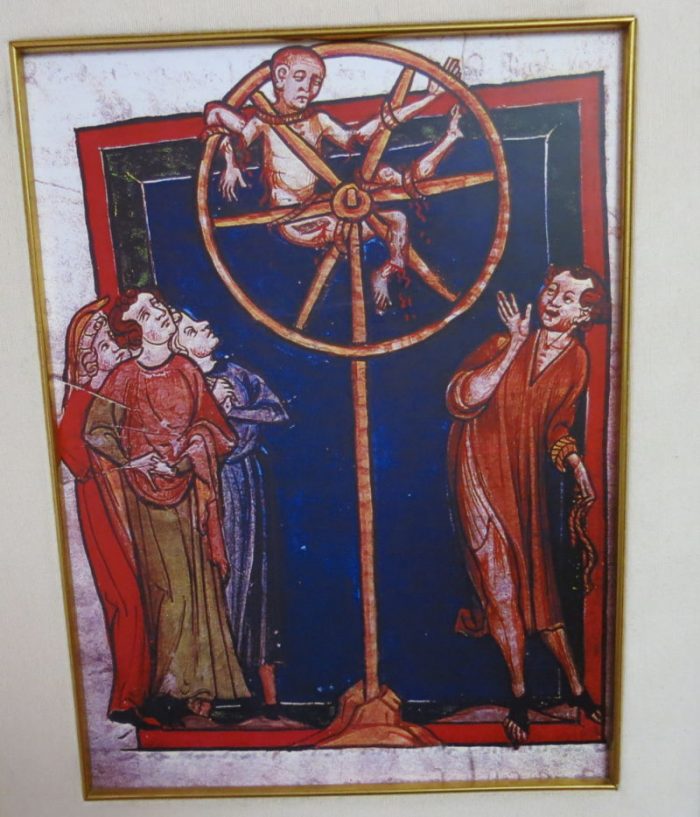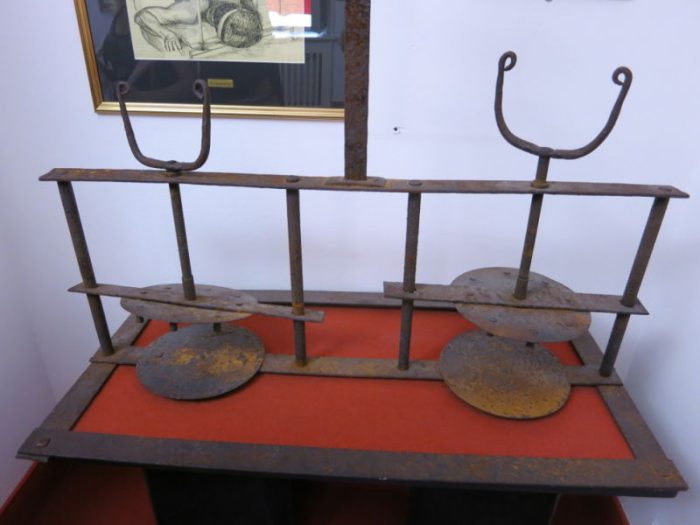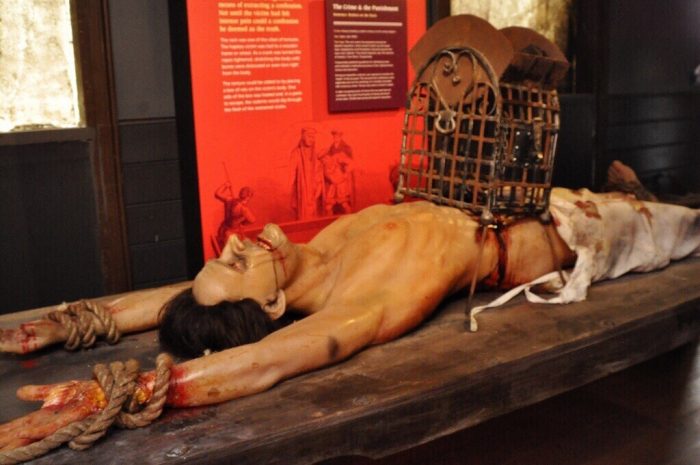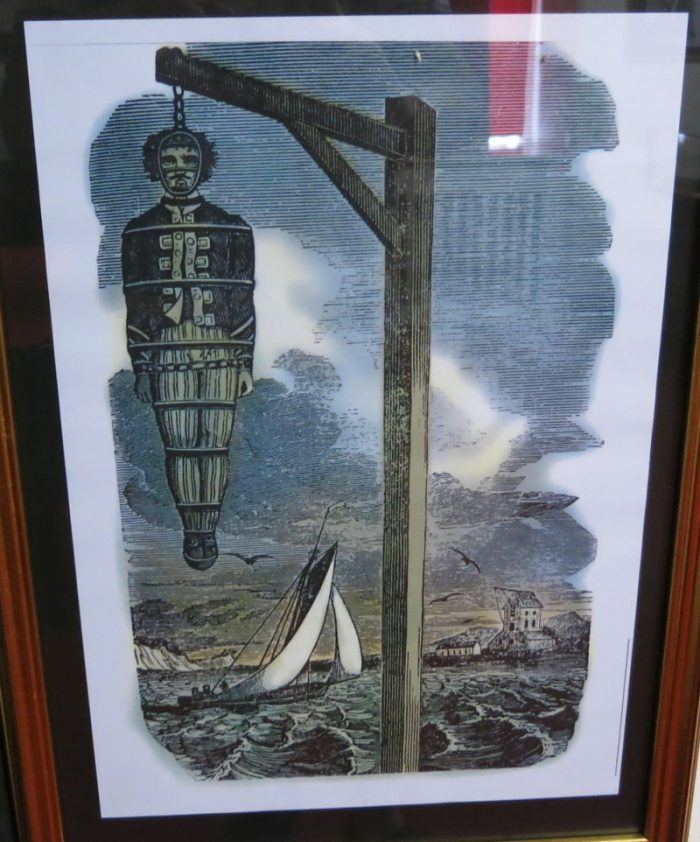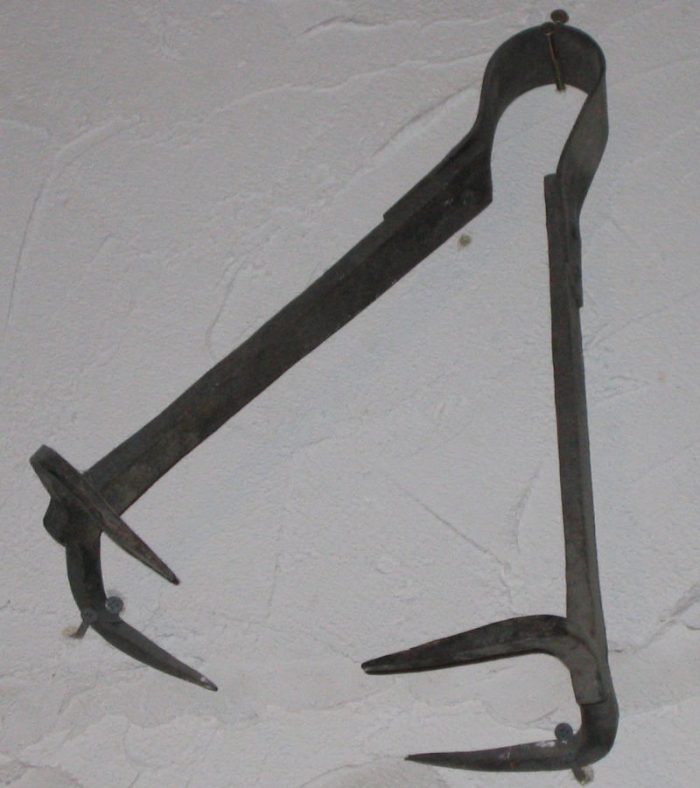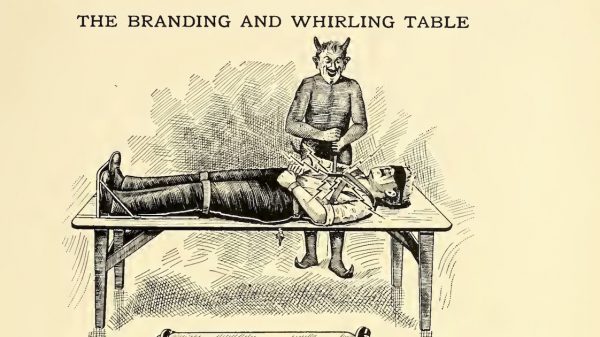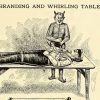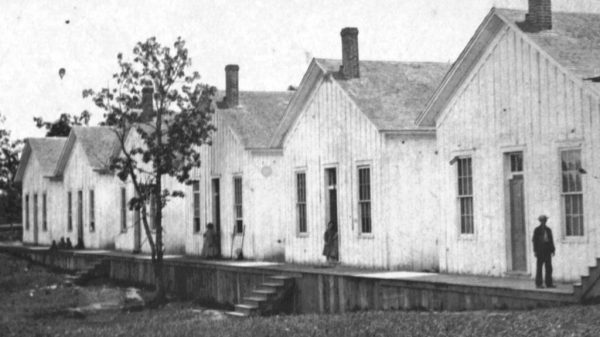via io9 written by George Dvorsky
During the Middle Ages, torture was considered a legitimate way to extract confessions, punish offenders, and perform executions. Some methods were considerably crueler than others — these 10 being among the most barbaric and brutal.
Europe’s Medieval period lasted from the 5th to the 15th century. During this time, torture was often used to extract confessions, or obtain the names of accomplices or other information about crimes. Laws and local customs did not impose limits on the treatment of prisoners or the extent to which torture could be inflicted. In fact, confessions were not considered genuine or sincere when so-called “light torture” was used (such as toe wedging and strappado).
Different types of torture were used depending on the victim’s crime, gender, and social status. Skilled torturers would use methods, devices, and instruments to prolong life as long as possible while inflicting agonizing pain. Many prisoners were tortured prior to execution in order to obtain additional information; in many of these cases, the execution method was part of the torture endured by prisoners.
There are dozens upon dozens of different torture techniques and devices. I recently visited the Museum of Medieval Torture Instruments in Prague where these 10 caught my eye. But before you read any further, be warned that they are very graphic and disturbing.
1. The Judas Cradle
Also called the Judas Chair, this Italian invention was particularly cruel.
Using ropes, a prisoner would be lowered above the pyramid-shaped “seat” with the point inserted into the anus or vagina. Victims would be tortured by intense pressure and stretching of the orifice, resulting in permanent damage. In many cases, the victim would succumb to rips in the muscle tissue that would later become infected. Weights would be added to facilitate the effect, often resulting in death by impalement.
A similar device, called the Spanish Donkey (or wooden horse), achieved a similar effect. Victims straddled the triangular “horse” and were forced to place their full body weight on their crotch, which rested on the point of the angle.
2. Saw Torture
This was a form of execution in which a living person was sawed in half, either longitudinally or transversely, through the central body mass.
This was done either by sawing the individual in half across or along the body length.
3. Pear of Anguish
This heinous contraption was used during the Middle Ages as a way to torture women who were accused of facilitating a miscarriage. It was also used to punish liars, blasphemers, and homosexuals. The device was inserted into one of the prisoner’s orifices — the vagina for women, the anus for homosexuals, and the mouth for liars and blasphemers (which is why it’s also known as the Choke Pear).
The device featured four metal leaves that slowly separated from each other as the torturer turned the screw at the top. The torturer could use it to tear the skin, or expand it to its maximal size to mutilate the victim. It rarely caused death, but was often followed by other torture methods.
4. Breaking Wheel
Also known as the Catherine wheel, this torture device was used to torture and kill prisoners for public executions.
The device was typically a large wagon wheel with radial spokes. Offenders were were lashed to the wheel and their limbs beaten with a club or iron cudgel. The gaps in the wheel allowed the limbs to give way and break. Disturbingly, the survival time after being “broken” could be extensive, with some accounts of victims living for several days prior to succumbing to their mortal injuries.
5. Iron Chair
This torture device was used extensively during the Middle Ages. Victims would be placed onto the chair — which featured hundreds of sharp spikes — followed by the progressive tightening of iron restraints, forcing the spikes deep into the flesh.
This could go on for hours, sometimes days. The spikes did not penetrate vital organs and blood loss was minimized — at least until the person was released from the chair. Death often followed. The Iron Chair was often used as a psychological instrument of torture; victims would often confess after being forced to watch other prisoners being tortured by the device.
6. Head Crusher
Pretty self-explanatory.
The device, which is basically a vise for the head, slowly crushes the skull and facial bones. Even if the torturer stopped before death, permanent damage to the facial muscles and structure would occur.
7. Rat Torture
Rats have also been employed to perform torture. There were many variants, but a common technique was to force a starving rat through a victim’s body (usually the intestines) as a way to escape.
To make it work, prisoners were completely restrained and tied to the ground or any horizontal surface. A rat was then placed on the stomach covered by a metallic container, which was gradually heated. The rat began to look for a way out, which inevitably meant through the victim’s body. Digging through the body usually took a few hours, resulting in a painful and gruesome death.
8. Coffin Torture
This was one of the most dreaded forms of torture during the Medieval Period.
The accused were placed inside a caged coffin, rendering them completely immobile. The period of time was determined by the crime, with some infractions, like blasphemy, punishable by death. Victims were often put on public display, where they would be mocked and abused by angry locals.
9. Breast Ripper
This one’s particularly nasty — not that the other items on this list aren’t. Also known as the Iron Spider, it was mainly used on women who were accused of adultery, self-abortion, heresy, blasphemy, or accused of being witches. It was also used for interrogations.
The device, which was often heated during torture, contained four “claws” which were used to slowly and painfully rip off the breasts. The instrument would be latched onto a single breast of the woman. Blood sometimes splattered onto her children. If the woman did not die, she would be disfigured for the rest of her life. Image credit: Flominator.
10. Knee Splitter
Popular during the Inquisition, this device consisted of two spiked wood blocks which were placed in front of and behind the knee.
The blocks, which were connected by two large screws, would be turned and made to close towards each other, destroying the knee underneath. The technique would render the knees useless. The number of spikes on the blocks varied from three to twenty, often depending on the nature of the crime and the status of the prisoner. Image credit: FutureX.
